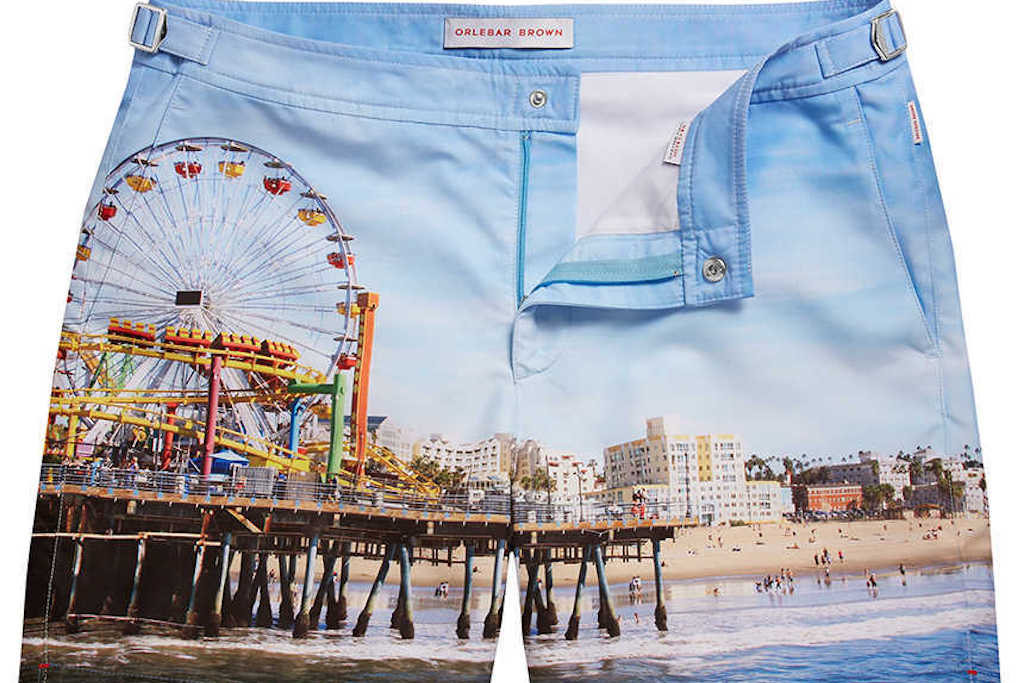Skift Take
California is in a unique position because it both has a product every traveler is after and it knows how to speak luxury from the start. Trips like these are just icing on the cake.
California is pushing hard to sell laidback luxury to the “super affluent” traveler. According to Caroline Beteta, president and CEO of Visit California, “This group (making $250,000-plus per year) is critically important to California. It’s only three percent of the tourism market, but 15 percent of the total spend. They aren’t high volume, but they are high value travelers.”
After unveiling the global Golden State of Luxury campaign last year, California destination marketing executives have been traveling the world in order to better understand the needs and desires of the aforementioned three percent. Destination CEO missions have included visits to the United Kingdom and Canada. A delegation also sojourned to the International Luxury Travel Market (ILTM) in Cannes last December.
According to Kathy Janega-Dykes, CEO and President of Visit Santa Barbara, “These missions allow us to gain consumer insights and hear about marketing best practices from both luxury travel experts and non-endemic luxury brands.”
The California road trippers have picked up valuable lessons by meeting with international purveyors of luxury goods. For example, Scott White, president and CEO of the Greater Palm Springs Convention & Visitors Bureau, gained a great deal of insight about tailoring the tourism product from London-based custom clothier Nick Hart. During a seminar at ILTM, Hart stressed the importance of adding value to the luxury consumer through individualized tailoring not available to the general public. White came back to Palm Springs “looking at the resources we have through a new lens.” He started conversations with attractions about beefing up offerings by adding new special experiences exclusively designed for those willing to pay top dollar.
Several of the London-based retail experts the delegation met with addressed the importance of affiliating with products sharing brand values and consumer demographics. For example, according to Janega-Dykes, “Earlier this year, Santa Barbara and a few other California destinations collaborated with Heidi Klein, a U.K. swimwear designer, to roll out a California-themed collection in a partnership spearheaded by our U.K.-based public relations agency.”
Santa Monica Travel & Tourism also played the “trunk” card. According to Misti Kerns, president and CEO of SMTT, “We partnered with luxury U.K. swimwear brand Orlebar Brown to create a Santa Monica board short [retail price: $345], This allowed us to leverage Orlebar Brown’s website, blog, social channels, and email database” of upscale consumers. Additionally, the shorts were prominently displayed in an Orlebar Brown store in London, creating even more publicity for Santa Monica among the shop’s upscale buyers.
Santa Monica also took over the rooftop bar of the DoubleTree by Hilton Tower of London between July and October of 2016. The space was transformed into a chic lounge with a beachy vibe, inspired by Santa Monica’s cultural scene and oceanfront lifestyle. The cost of the two promotions together was less than $200,000, but the impact in the U.K. luxury market was significant, according to Kerns.
The most recent California CEO mission was to Toronto, Canada in May. There, Milos Vranesevic, senior vice president, marketing and communications for Mastercard Canada, mentioned that for luxury brands to be effective in the country, they needed to have “an understanding of the Canadian Affluent Mindset, which is different versus the U.S. and U.K. affluent consumer.” He noted, “Canadians are only ostentatious in their understatement. They purchase goods and services for personal enjoyment and not for the status it suggests. They have no need for flash or obvious wealth statements to validate themselves or the product/service.”
The takeaway was especially valuable to those destinations not traditionally associated with extravagance. As Palm Springs’ White points out, “Destinations shouldn’t get caught up with the idea that luxury always has to be over-the-top or expensive.”
Chuck Davison, president and CEO of Visit San Luis Obispo County, concurs. “Luxury means different things to different people,” says Davison. “We have the small boutique hotels, high-end bed and breakfasts and mom and pop restaurants. We now realize that these individualized high-touch experiences are especially valued by Canadian visitors. We just had to step back and understand the unique experiences we have here which could drive luxury.”
That’s a universal lesson to be shared with all destinations. As Santa Monica’s Kerns says, “Regardless of where you are, look within. You have more than you think. Look out and realize that the things you do everyday are the same things visitors want to experience. Ask locals what their favorite things are and then create unique experiences around that.”
The Daily Newsletter
Our daily coverage of the global travel industry. Written by editors and analysts from across Skift’s brands.
Have a confidential tip for Skift? Get in touch
Tags: california, luxury, tourism
Photo credit: A pair of swim trunks created to promote Santa Monica tourism in cooperation with the British brand Orlebar. Orlebar
